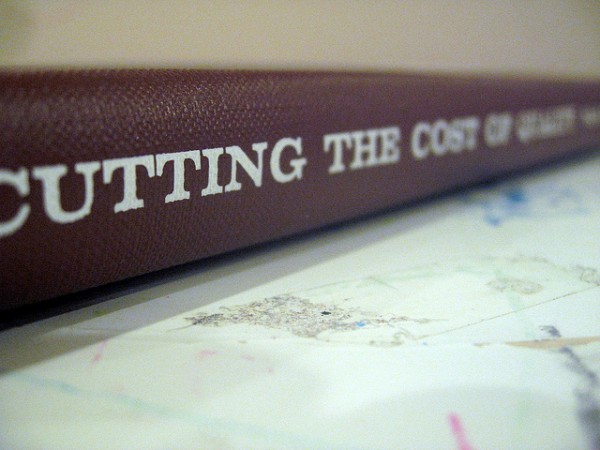
The economy is in a state of flux, this uncertainty requires a business to make wise choices to decrease expenses and build revenue. A business is able to make minute changes to increase profitability while decreasing expenses. Layoffs are typically unnecessary and are bad for morale. The following 10 simple tips will aid every business owner in their quest of lowering costs.
Flexible Hours
Provide an option for full-time workers to set their own flexible hours. A reduction in hours results in a reduction in salary costs. Allow employees the ability to work out their schedules with each other. This ensures quality and service is upheld while earning loyalty from employees.
Offer A Four Day Work Week
This variance on flexible scheduling allows a business to reduce costs without laying off any employees. Many employees will be ecstatic to have a three-day weekend. There are many variances possible with a four-day work week. Some employees can work 10 hour days to remain full-time or work eight hours a day with a reduction in benefits.
Reduce Inventory
Inventory is typically the largest expense for most businesses. A
reduction in the amount of money being tied up in inventory is a simple way to cut costs. Determine the exact amount of inventory needed and order accordingly. The faster inventory moves, the better the company’s bottom line will be. Businesses that buy inventory in bulk will not save money if the product does not sell.
Reduce Energy Costs
Any business is able to reduce their energy costs with a few simple changes. These changes highlight the willingness of the business to make necessary changes to cut costs.
- Reduce the thermostat setting in the winter.
- Increase the thermostat setting during the summer.
- Turn off every other fluorescent light.
Use Alternate Technology
Voice Over Internet Protocol (VOIP) is a simplified way to reduce business costs. There is an array of VOIP options available and is significantly cheaper than an average business phone package. Switching from traditional phone lines to VOIP is easy and cost-effective.
Negotiate Rent
A business that rents space can attempt to negotiate their rental costs. Many real estate owners are having a difficult time finding and keeping renters. This is an ideal time to renegotiate your company’s monthly rental fees. If the building owner is unwilling to lower your rent, consider moving to a cheaper location. A reduction in rent may well outweigh the inconvenience and costs of moving.
Go Modern With Advertising
Expand marketing horizons. A business that already has a successful advertising strategy need not eliminate what works, just build on it. Consider free electronic forms of advertising such as email marketing and social media. A business with an excellent Internet presence is more likely to thrive than a business without one.
Maximize The Skill Sets Of Employees
Evaluate current employees experience and knowledge. Utilize their unique assets to increase productivity and efficiency. Locate people within the business who are capable of increasing their workload. This decreases the need for hiring additional employees, while providing a boost of confidence to current staff members.
Buy Used Whenever Possible
Technology changes at an alarming rate. Buying used electronics will save an extraordinary amount of money. Purchasing refurbished or used equipment allows a business to update their technology without the burden of paying for new items. Slightly used and refurbished electronics are easily found online.
Reduce Printing Costs
Finally, one of the simplest means of cutting business expenses is to reduce printing costs. Buying
remanufactured printer ink is an excellent way to acquire needed ink for a fraction of the retail cost. Change printer settings to an eco-friendly font to reduce the amount of ink used per print. Eliminate using color ink, as it is exceedingly expensive. Reducing the number of copies being printed will save money on both paper and ink. A business that uses email more and printers less will notice significant cost savings.
What are some of your techniques for cutting business costs?
Photo by DangerPup on Flickr
